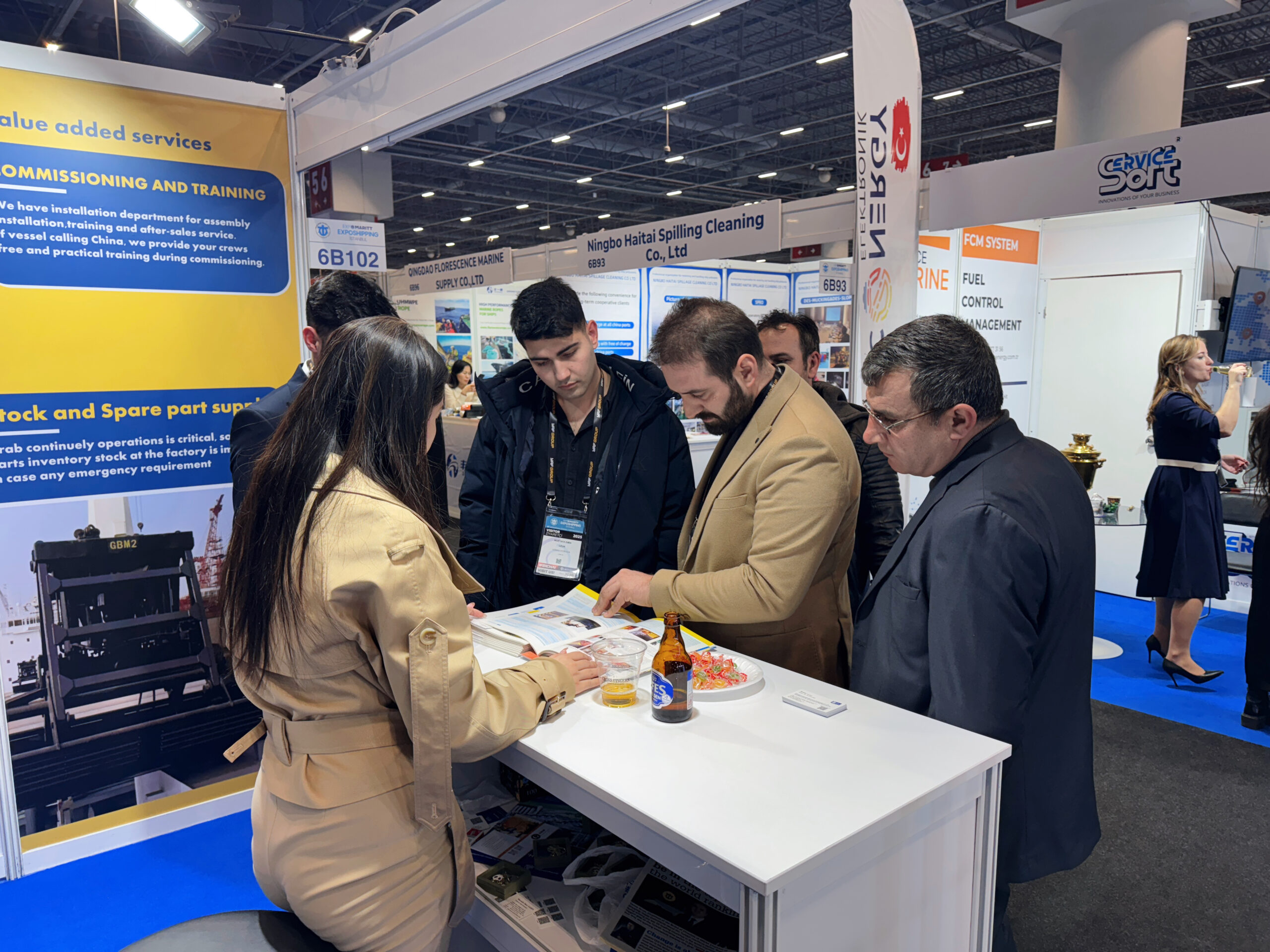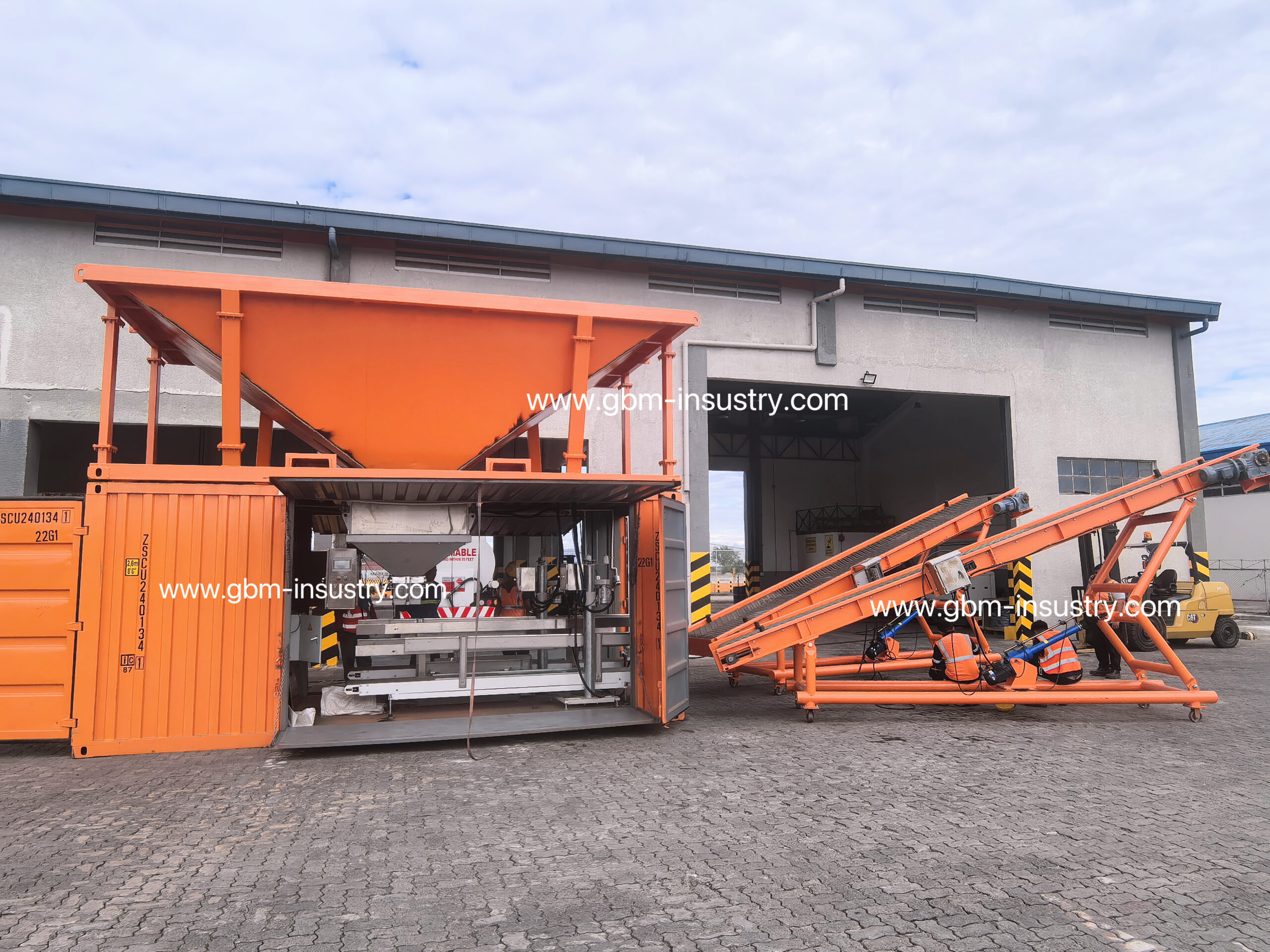With China’s growing population and the rapid development of urban-rural integration, the urban population has been rapidly concentrating, with urban residents accounting for 60.6% of the total population. The continuous increase in the urban population has led to significant changes in people’s lifestyles and environments, accompanied by an ever-increasing amount of household waste. This has placed significant pressure on the urban living environment, making waste management a matter closely related to people’s daily lives.
According to statistics, the volume of municipal solid waste collected and transported in China has been increasing annually since 2010. In 2019, the production of municipal solid waste reached approximately 343 million tons, with an estimated production of 360 million tons in 2020. To address such a large volume of municipal solid waste and promote environmental protection and resource recycling, China primarily employs waste-to-energy incineration as the primary method for municipal solid waste disposal.
The garbage grab crane is one of the key pieces of equipment in a waste-to-energy plant, serving to grab, mix, and ferment household waste in storage pits, and then feed the fermented waste into incineration boilers for burning. Understanding the electrical equipment of the garbage grab crane is highly beneficial for the normal operation of household waste incineration plants, as well as for the daily use and maintenance of the garbage grab crane.
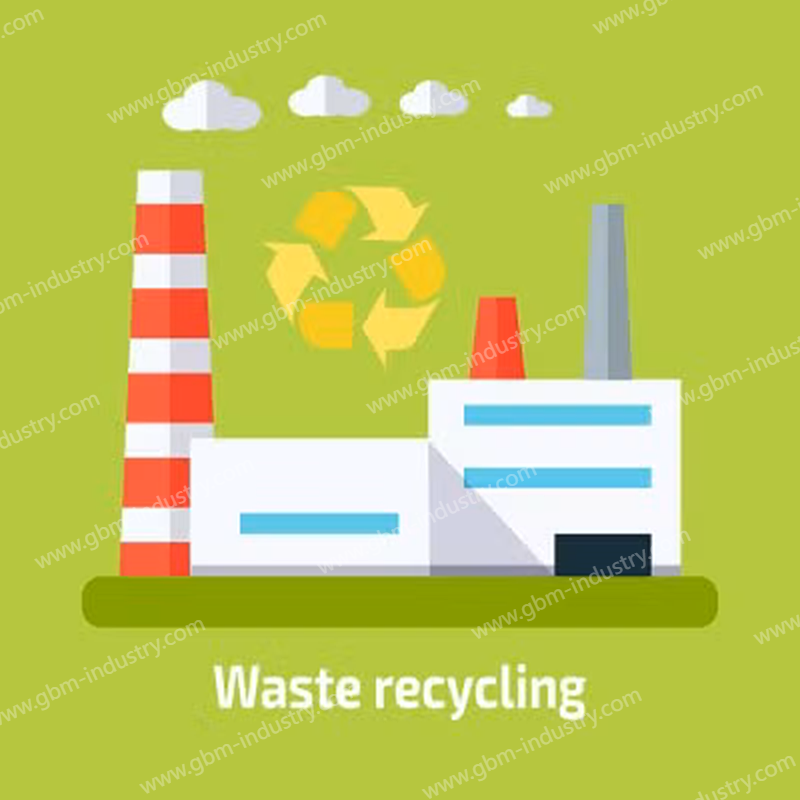
Characteristics of Electrical Equipment of Garbage Grab Crane
The electrical control system of the garbage grab crane discussed in this article adopts a control method combining a touchscreen, PLC, variable frequency drive, motor, and industrial control computer. The PLC performs centralized control throughout the system, continuously collecting and processing signals from the variable frequency drive, limit switches, handle signals, encoders, and weighing signals. The touchscreen is primarily used for real-time display of the garbage grab crane’s operational status. When the garbage grab crane encounters a fault, it immediately displays the fault information, facilitating rapid troubleshooting by maintenance personnel. The industrial control computer is primarily responsible for recording and statistics of the garbage grab crane’s material feeding volume, enabling users to query production feeding conditions. This garbage grab crane primarily uses Siemens PLC modules and Siemens touchscreens, with variable frequency drives primarily from the Yaskawa brand;
Electrical Faults
As a critical piece of equipment in a municipal solid waste incineration plant, the garbage grab crane operates at a very high frequency during normal production. The garbage storage pit contains corrosive gases due to the storage and fermentation of municipal solid waste, and is characterized by high temperatures, high humidity, and heavy dust. Since the garbage grab crane operates continuously in an environment with corrosive gases, large amounts of dust, and water vapor, the electrical equipment of the entire machine suffers severe corrosion. Therefore, the garbage grab crane experiences a variety of electrical faults. Based on years of after-sales experience, we have summarized the main electrical fault phenomena and solutions for the garbage grab crane.
Limit Switch System Faults
Limit switches primarily serve to restrict the operational range of the garbage grab crane, ensuring safe operation within designated safety zones. When the limit switch of the translational mechanism collides with the stop block, the limit switch is triggered. Upon receiving the signal, the PLC stops the mechanism’s operation. Common fault phenomena of limit switches include:
1) Translational Mechanism Limit Switch
The crane cannot operate because the limit switch is triggered before reaching the stop area, or the crane exceeds the operating area because the limit switch is not triggered after reaching the stop area. When these situations occur, mainly check whether the limit switch is severely corroded, causing damage to the contacts; whether there are foreign objects in the operating path of the limit switch, causing the limit switch to be triggered prematurely or damaged; and whether the wiring in the junction box is loose, causing the signal to fail to be transmitted to the PLC.
2) Hoisting mechanism height limit switch
The height limit switch used in the hoisting mechanism is a limit protection device designed to ensure the hoisting mechanism operates within a safe zone. Common faults include the switch being triggered at an incorrect height, preventing the hoisting mechanism from reaching the required operating height, or the height limit protection not being triggered at the normal height. The primary cause of height limit switch failures is loosening of the coupling between the height limit switch and the reducer, preventing synchronized operation between the reducer and the height limit switch. Ensure the coupling is securely fastened before re-adjusting the height limit switch.
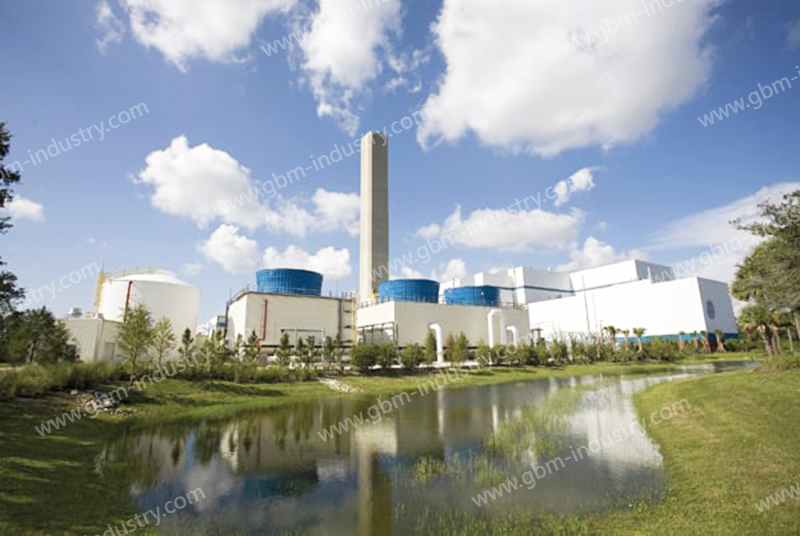
Encoder System Faults
The encoder is a sensor that detects the position of various operating mechanisms of the garbage grab crane. The PLC receives signals from the encoder, calculates them, and displays the results in meters on the touchscreen, enabling operators to monitor the crane’s operational position. Additionally, the deceleration and special position protection of each mechanism are controlled by encoder signals. Encoder issues can cause abnormal deceleration zones in the garbage grab crane, resulting in failure to decelerate or operation only in low-speed gears. Common encoder faults include:
1) Significant deviation between the travel distance displayed on the touchscreen and the actual travel distance. To address this, first move the garbage grab crane to the limit positions of each mechanism, trigger the limit switch to reset the encoder data for each mechanism, and then observe the travel distance display on the touchscreen during operation. Prolonged operation without resetting the encoder data can cause accumulated errors to grow larger over time. Therefore, the encoder data should be regularly reset by moving the crane to the limit positions of each mechanism to minimize encoder errors. If the travel deviation remains significant, inspect the encoder installation to ensure it is synchronized with the wheel rotation and that the transmission cable is properly shielded and connected.
2) The travel distance on the touchscreen remains unchanged or displays abnormal data, and the PLC indicates a fault in the encoder module. In such cases, first verify the encoder installation is correct and inspect the cable for damage that may have compromised the shielding layer, affecting signal quality. If the encoder installation and cables are normal, check if the encoder is damaged. Replace it with a good encoder and observe if the operation is normal. If no replacement encoder is available, remove the encoder and connect it to a normal PLC module, then rotate the encoder. Observe the encoder data on the touchscreen to test if the encoder is functioning properly.
Weighing System Failure
The weighing system consists of a weighing instrument and an industrial control computer, primarily functioning to display the real-time weight of the garbage grab crane and record and statistics the material feeding volume during production operations via software on the industrial control computer, facilitating user queries on production material feeding conditions. Weighing system failures primarily fall into two categories:
1) Deviation in the mass displayed by the weighing instrument When this fault occurs, if there is a small-range mass fluctuation, it can be resolved by recalibrating the mass of the weighing instrument; after prolonged operation, the weighing sensor may produce some error, and recalibrating the weighing instrument will resolve the issue. If the mass fluctuations on the weighing instrument are significant, it is necessary to check the parameters on the weighing instrument, inspect whether the weighing sensor is damaged, identify the damaged weighing sensor, and verify if the wiring connections are corroded or loose. Wiring issues with the sensor may indicate that the sensor itself is damaged and requires replacement.
2) Issues with the industrial control computer’s material feeding records The weighing software’s recording conditions are as follows: when the crane moves into the material feeding measurement area, the handle controls the grab to open, and weighing begins. When the crane leaves the material feeding area, weighing stops. The material feeding area’s position signal is controlled by a photoelectric sensor, which emits a position signal when it detects the reflective element. If the industrial control computer fails to record material feeding or splits a single feeding into multiple records, inspect the photoelectric sensor and reflective element for dust or moisture. Excessive dust or moisture can prevent the photoelectric sensor from receiving the reflected light from the reflective element, resulting in no position signal or signal interruptions, which affects the weighing record results. The photoelectric sensor and reflective element should be regularly cleaned to ensure stable signals in the material feeding measurement area.

Steps for Troubleshooting Electrical Faults
When an electrical fault occurs in a garbage grab crane, maintenance personnel should first inquire about the fault situation from the operator, observe any abnormalities in the crane’s operation compared to normal operation, determine what operations the operator performed before the fault occurred, and check if there were any unusual noises or other abnormalities during crane operation. After identifying the faulty electrical components through signal detection on the touchscreen and analysis of the equipment’s schematic diagram, further investigate the specific cause of the fault.
Some faults may not be caused by the component itself but rather by the final phenomenon observed by the operator. For example, an operator reported that the crane did not decelerate before reaching the limit, but upon inspection, the touchscreen displayed a significant deviation between the travel distance and the actual position, while the encoder section showed no issues. Upon further inspection, it was found that the limit switch was malfunctioning. After the limit switch was triggered, no signal was transmitted to the PLC, causing the encoder to run continuously without the limit switch signal to reset the encoder data. This resulted in increased encoder data errors, preventing normal triggering of deceleration before reaching the limit. The root cause of the issue was that the limit switch was not functioning properly, not the encoder.
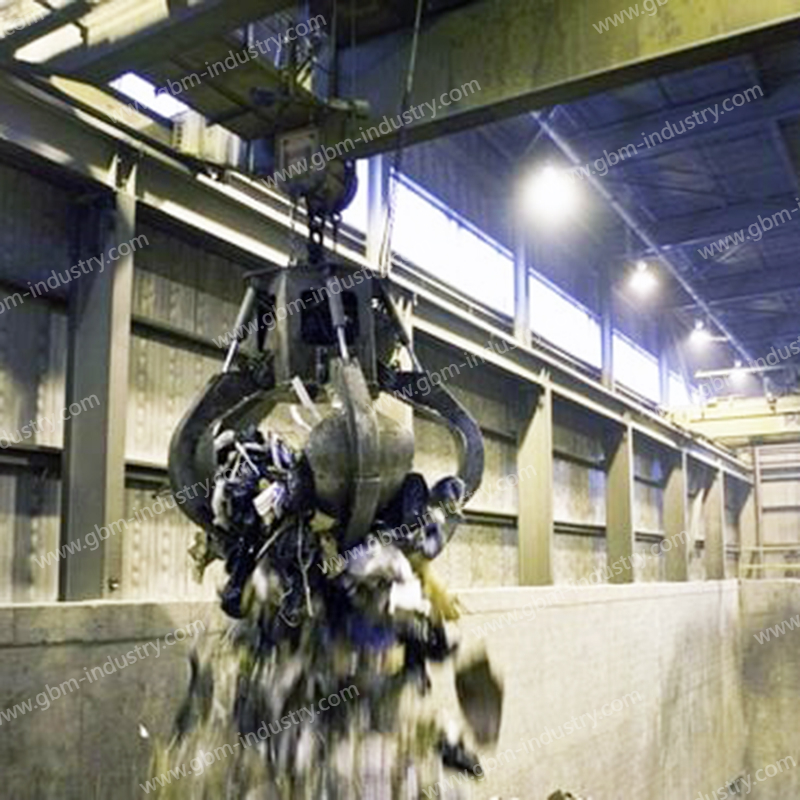
Electric Hydraulic Garbage Grab: High-Efficiency Waste Management Solution
In harsh operating conditions such as waste disposal, scrap recycling, and port loading/unloading, the core reliability and continuous operational capability of equipment are critical. GBM understands this well. Its meticulously crafted electric hydraulic multi-blade waste grab (Orange Peel Grab) leverages three core advantages to become a reliable backbone for numerous enterprises seeking to enhance operational efficiency and ensure stable production.
Top-tier components ensure exceptional durability:
GBM refuses to compromise, equipping the grab’s core power system with components from industry-leading brands. ABB high-torque motors deliver powerful performance, complemented by Eaton high-pressure, impact-resistant hydraulic hoses and seals, forming a precise and efficient drive system. These market-proven components not only deliver outstanding performance but also significantly reduce failure rates, greatly extending the overall service life of the equipment. This ensures reliable and stable operation in harsh environments, saving customers substantial maintenance and replacement costs.
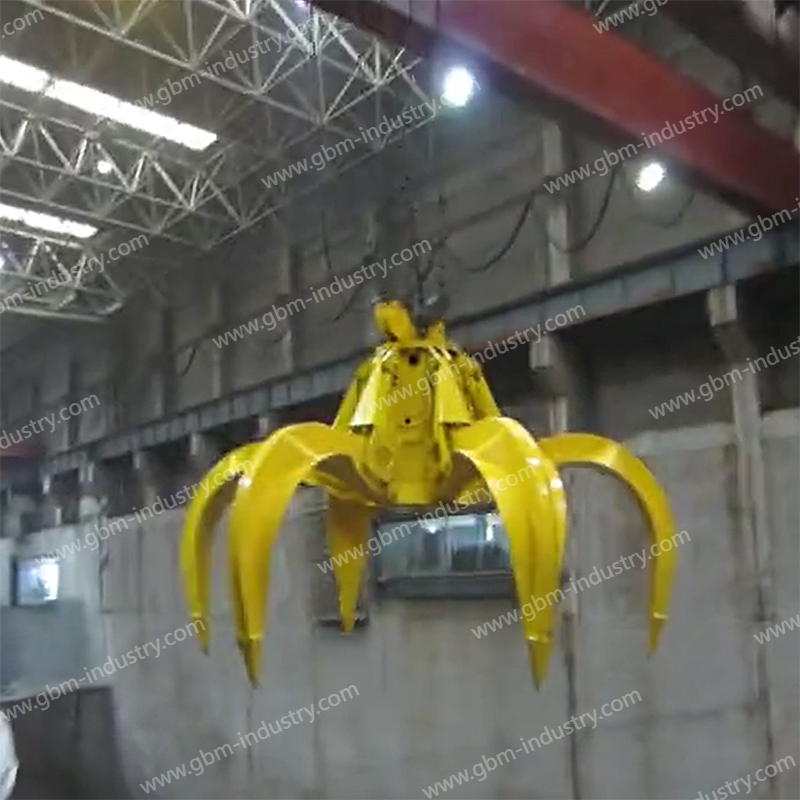
IP65-rated motors ensure high-intensity continuous operation:
In complex working environments characterized by dust, humidity, or even water spray, ordinary motors are prone to damage and shutdowns. GBM’s garbage grab buckets are equipped with professional IP65-rated motors, offering exceptional dustproof and waterproof spray resistance. This means that even under the most demanding conditions, the grab can withstand external disturbances, handle prolonged, high-intensity continuous grabbing and loading/unloading tasks, effectively ensuring smooth operations and overall operational efficiency at waste treatment plants, transfer stations, and similar facilities, while preventing production interruptions caused by equipment failures.
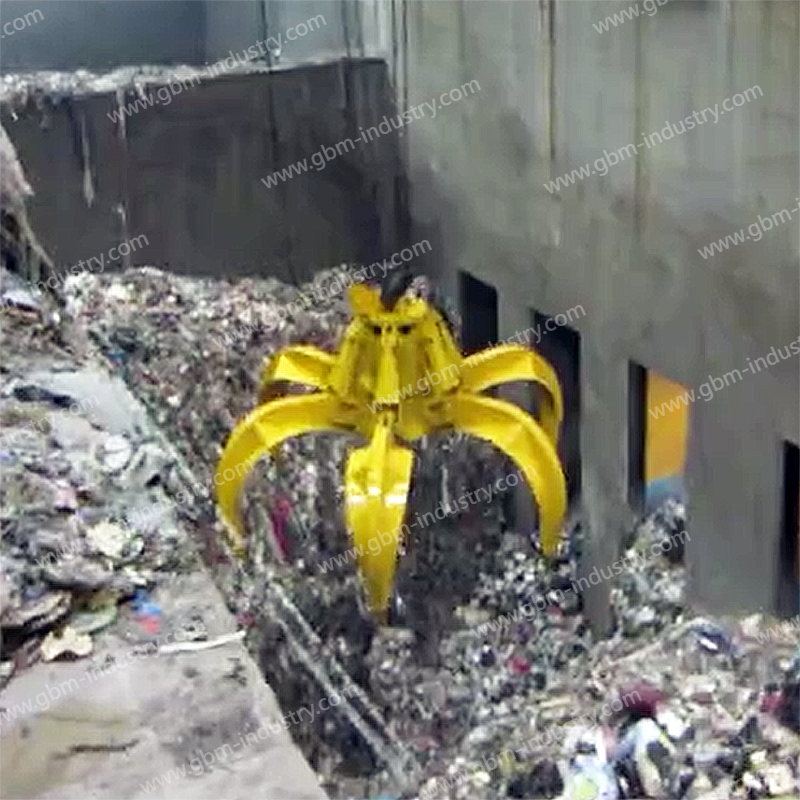
Premium service network for comprehensive support:
GBM understands that exceptional equipment requires robust service support. We have established a professional after-sales team with rapid response capabilities, offering 24/7 technical support and spare parts availability. Regardless of the customer’s location, once equipment malfunctions or maintenance guidance is required, GBM engineers can respond immediately, conducting remote diagnostics or on-site services to accurately identify issues and swiftly provide efficient solutions, minimizing downtime and ensuring the continuous efficient operation of the customer’s production line, earning widespread trust and acclaim.
GBM electric hydraulic multi-claw garbage grab, with top-tier configuration, robust protection, and gold-standard service, redefines the value standards for garbage handling equipment. It is not only a powerful tool for efficient operations but also a reliable partner for businesses to reduce costs, improve efficiency, and achieve sustainable development, continuously supporting global customers in creating greater value in resource recycling and environmental protection.
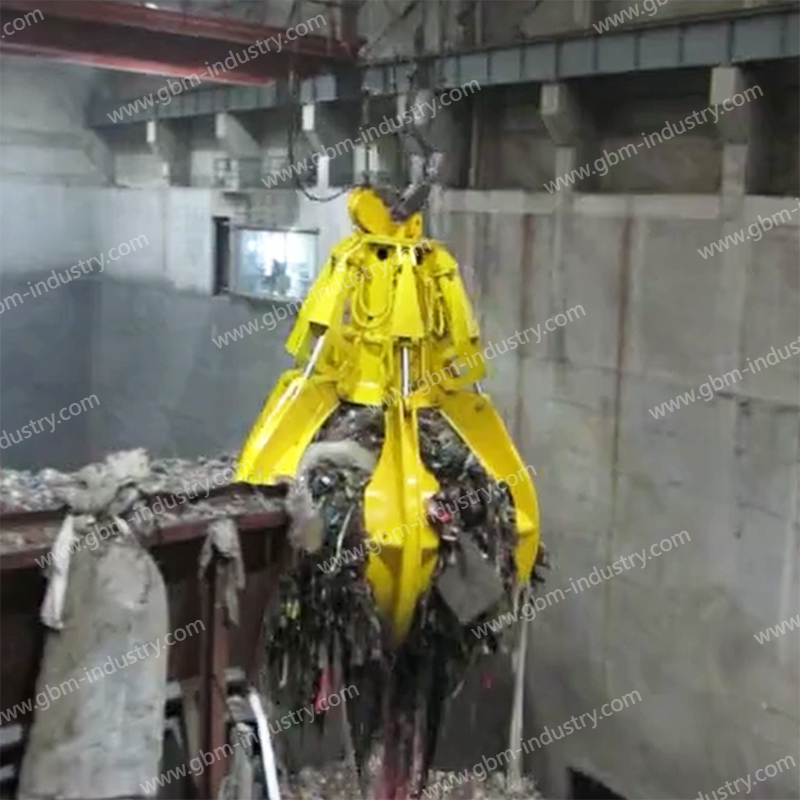
Summary
The above outlines the common phenomena and troubleshooting methods for electrical faults in garbage grab cranes. Of course, the process of identifying the cause of a fault is not always smooth, and unexpected situations may arise. However, as long as the approach is correct and careful observation is conducted, a solution to the fault can certainly be found. Due to the unique operating environment and nature of waste grab crane operations, regular inspections and maintenance of the equipment are also crucial. Early detection and repair or replacement of faulty electrical components can fundamentally reduce the likelihood of electrical faults in waste grab cranes.
For inquiry on GBM Hydraulic orange peel grab, contact us :sales.export@gbm-china.com



